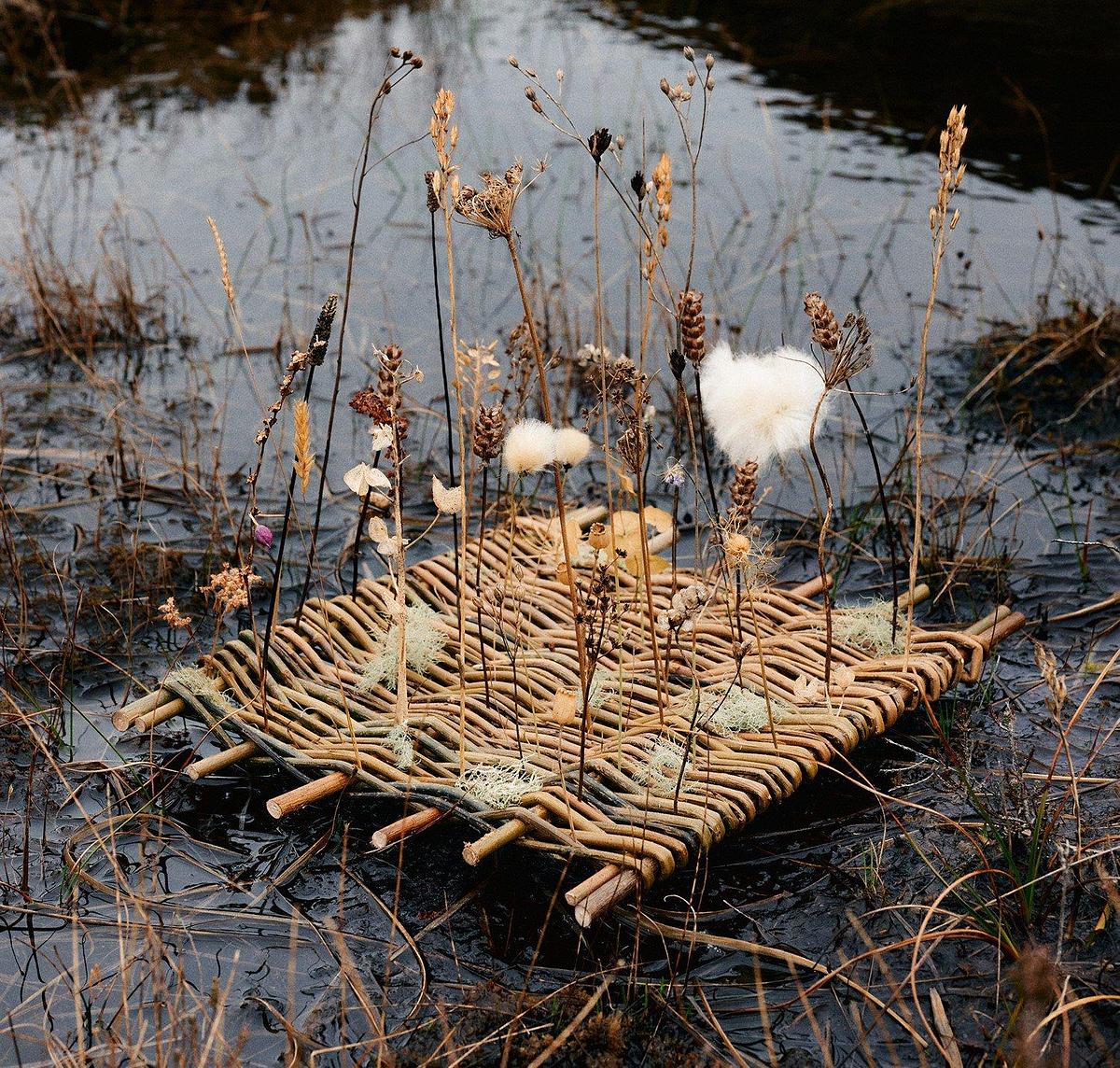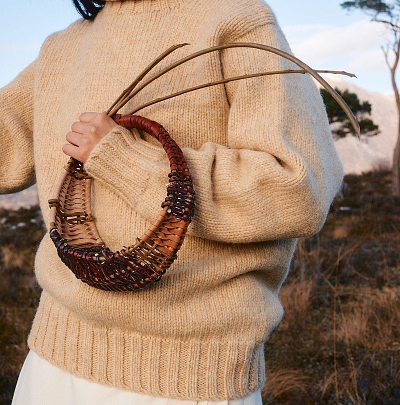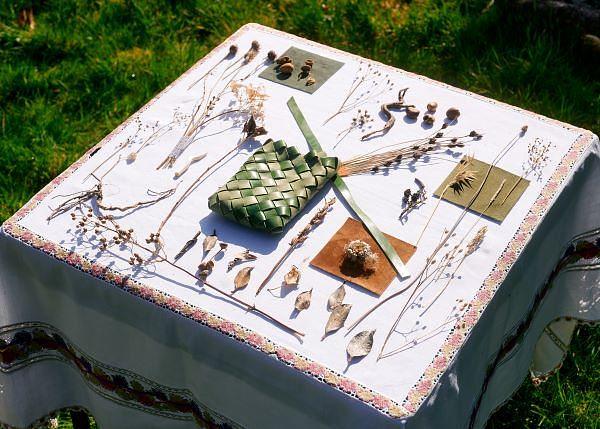What is culture without the people who make it?
Gaelic artist Iseabal Hendry was last year selected for the annual Tobar an Dualchais/ATLAS Arts residency to explore and create work relating to the oral heritage recordings available on the TAD website.This is the fourth year that this exciting opportunity has been offered in partnership with ATLAS Artts, the Skye and Lochals- based arts organisation. Here Iseabal discusses some of the recordings and the work she created based on them:-
My residency with ATLAS Arts and Tobar an Dualchais was the first time in my creative career that I have had the luxury of dedicating meaningful time to reaearch.It was a real joy. I connected with my family history and local landscape, I interviewed my Dad (George) and together we learned the Gaelic names for local plants, revelling in the stories and knowledge that could be uncovered from each.
My local culture and surroundings inform and inspire my work, but through my residency I thought more about people: for what is culture without the people who make it.
TAD became a treasure trove of stories, and I spent hours trawling through it, finding nuggets of gold everywhere I looked.

I made lots of individual developmental works inspired by the archive, but one recording stood out to me: Craobh agus Basgaid sa Pholl-Mhònadh (TAD ID 46274).
Aonghas MacCoinnich, who is being recorded by Donald Archie MacDonald of the School of Scottish Studies, is a wonderful storyteller, and you can almost hear the glint in his eye as he tells a story of finding a submerged willow basket while he’s out cutting peat.
The next day they return to the same spot to find that the basket has vanished into dust as if by magic! All that remained was the squared base of the basket.
It sounded likely to me that the peat was preserving the old basket, and when unearthed it started to disintegrate, but I loved the way Aonghas told his story; the hint of the supernatural, the peat cutting and basketry, all of which are elements many of us grew up with in the Highlands.
Inspired by Aonghas’ story, I imagined how that basket might look now, disintegrating and taken over by plant life found in the peatlands.
I had been listening to recordings on TAD around botany and plant-lore in the Highlands, and so I gathered local plants and dried them, looking for those that would grow in peatland specifically.
Together with my dad (whose degree in botany came in handy), we identified them and researched their Gaelic names, which often held stories of their own.
I then went along to a basketry group meet-up in Edinbane, and learned how to weave the square base of Aonghas’ basket.
With this I pierced the willow with a fine needle and carefully fed in the dried flowers and plants that I had collected.
My dad’s current fascination with lichen left its mark on the piece too.
The final work brings together so many different threads of research, and I hope that it celebrates our landscape, language, culture and craft – and most of all, the stories behind them.

Alongside Aonghas’ basket, I wove a basket for our Highland queen, Margaret Bennet, whose archives recordings I kept coming back to.
This basket was inspired by one Margaret had been gifted as a child, that she in turn recently gifted to Skye and Lochalsh Archive Centre and I was lucky enough to see during a visit there.
My new found love for basketry also saw me make two intuitive, open-work leather and willow baskets inspired by the open space near the top of a traditional Cliabh, called a ‘Breugan’ in the Wester Ross.

Returning to leather, I made a ‘sguird’ inspired by TAD’s own Floraidh Forrest’s memories of her father seed sewing on Uist.
Another favourite recording was ‘A’ dèanamh sìoman fraoich’ (TAD ID 65268), where Donald MacDonald being interviewed by Dr John MacInnes of the School of Scottish Studies, remembers having to walk two miles to get the right kind of heather for rope making.
I went for two-mile walks of my own through winter, when there was little in the way of flowers to pick, and on these journeys, I collected what I could: twigs, branches, rough heather roots and grasses.
With these I made two nests – one made on walks in Balnacra where I grew up, and one in Lochcarron, where I live now.
There were other small works, plants that Dad and I had collected and researched to find their Gaelic names, selected and combined together with vintage silk threads.
Wee pieces to remind me of two-mile walks, the hidden histories and plant-lore behind Gaelic names, of shared knowledge between generations, of how much we can learn from the glens that we’re lucky enough to call home.